Wood cutting boards are essential tools in every kitchen, especially in professional settings. Their durability, aesthetic appeal, and natural properties make them the go-to choice for many chefs. However, maintaining your wood cutting board is vital, and one crucial step is properly hydrating it. Failing to hydrate your wood board can lead to warping, splitting, and an overall shortened lifespan.
In this guide, well explore how to hydrate wood cutting board effectively, keeping it in prime condition to withstand the rigors of a busy kitchen. Lets dive in!
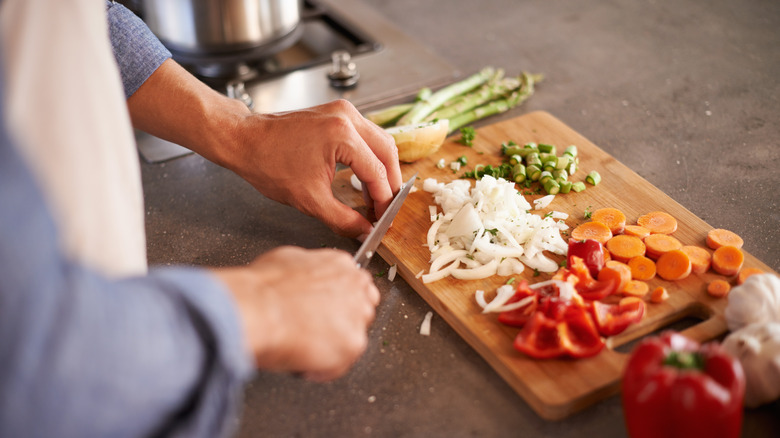
Understanding Why Hydration Matters for Cutting Boards
Hydrating your wood cutting board ensures that it remains durable and safe for food preparation. Without proper hydration, the wood can become dry, brittle, and more susceptible to bacteria, mold, and damage.
When regularly hydrated, the wood maintains its integrity and natural oils, preventing it from absorbing too much moisture during cleaning. This balance is crucial for a long-lasting and safe-to-use cutting board.
Signs That Your Board Needs Hydration
- Visible cracks or splits on the surface.
- A faded or dull appearance.
- It feels rough or grainy instead of smooth.
- Absorbs water readily when being washed.
- Emits a dry, woody smell when in use.
Steps to Hydrate Your Wood Cutting Board Properly
Heres a detailed guide to ensure your wood cutting board stays in excellent condition:
1. Start by Cleaning the Board
Before hydrating your board, make sure its thoroughly cleaned. Wash it using warm water, a gentle dish soap, and a soft sponge. Avoid submerging it in water, as this can cause warping.
For tougher stains or lingering smells, sprinkle some coarse salt or baking soda onto the board, then scrub gently with a lemon wedge. Rinse and dry immediately with a clean towel.
Related Reading: How to clean a scorched saucepan
2. Choose the Right Oil
The type of oil you use is critical. Food-safe mineral oil is your best option because it does not go rancid over time. Other alternatives include walnut oil or beeswax-based conditioners. Avoid using cooking oils like olive oil or vegetable oil, as they can spoil and cause unpleasant smells.
External Resource: Learn why food-safe oils matter in this cutting board maintenance guide.
3. Apply the Oil Generously
Pour a generous amount of oil onto the boards surface. Use a soft cloth, sponge, or even your hands to spread it evenly. Be sure to coat every area, including the sides.
Let the oil soak in for at least 4-6 hours, or preferably overnight, allowing the wood to fully absorb the moisture.
4. Wipe Off Excess Oil
Using a dry, lint-free cloth, wipe away any residual oil that hasnt been absorbed. Your cutting board should now have a smooth, hydrated surface that is ready for use.
Maintaining a Hydrated Cutting Board
Hydrating your board once a month or whenever it starts to look dry is ideal. However, the frequency may vary depending on how often you use and wash it.
Regular maintenance not only prolongs its lifespan but also provides a natural barrier against bacteria and stains.
Internal Resource: Struggling with discoloration? Read about cutting board color recommendations.
Other Care Tips
- Avoid placing your wood cutting board in the dishwasher.
- Keep it away from prolonged exposure to water or extreme heat.
- Alternately apply beeswax for added protection and shine.
- Sanitize it occasionally with a vinegar solution for safety.
External Resource: Ensure your cutting board is bacteria-free with these cutting board safety tips.
FAQs About Hydrating Wood Cutting Boards
1. How often should I oil my cutting board?
Its best to oil your cutting board every 3-4 weeks if you use it frequently. However, adjust the frequency based on how dry the board appears and feels.
2. Can I use regular cooking oil for hydration?
No, using regular cooking oils such as olive oil or vegetable oil is not recommended, as they can become rancid over time. Stick to food-safe mineral oil or specialized board creams.
3. What should I do if my board has deep cracks?
If your board has deep cracks or splits, sanding it lightly can help smooth it out. After sanding, clean and rehydrate the board with mineral oil for the best results.
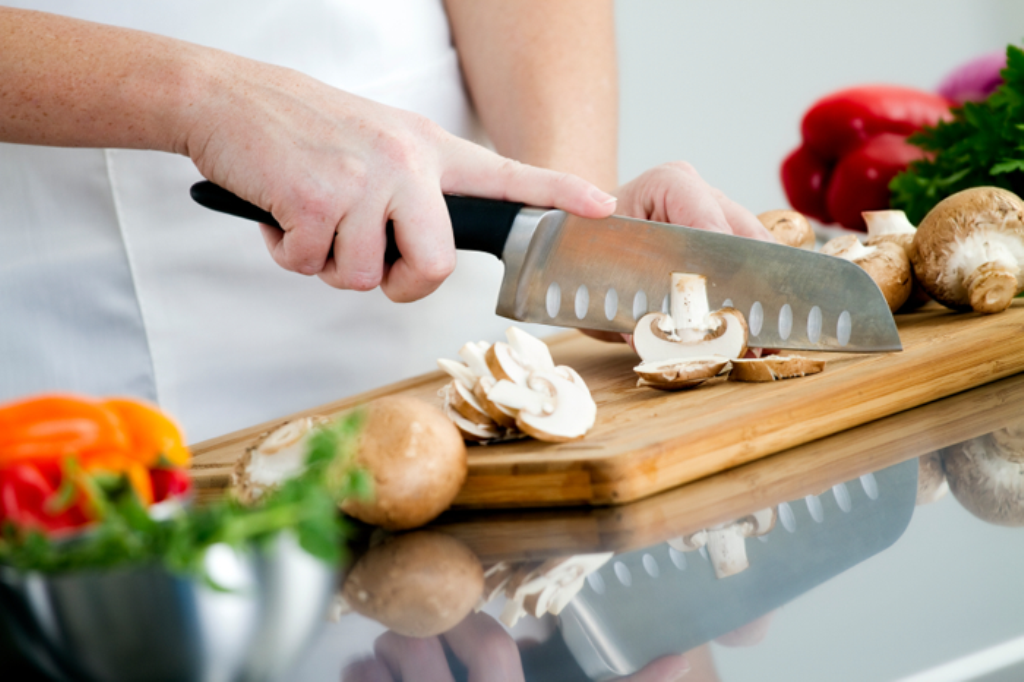
Conclusion
Taking the time to properly hydrate your wood cutting board can significantly extend its life and maintain its aesthetic appeal. For professional chefs and home cooks alike, this simple yet necessary practice is key in keeping your kitchen tools in perfect working condition.
For more tips on cutting board care, check out our blog on how to dry cutting boards. Investing a bit of effort into your maintenance routine can save you time and money in the long run while ensuring food safety.
This article contains affiliate links. We may earn a commission at no extra cost to you.

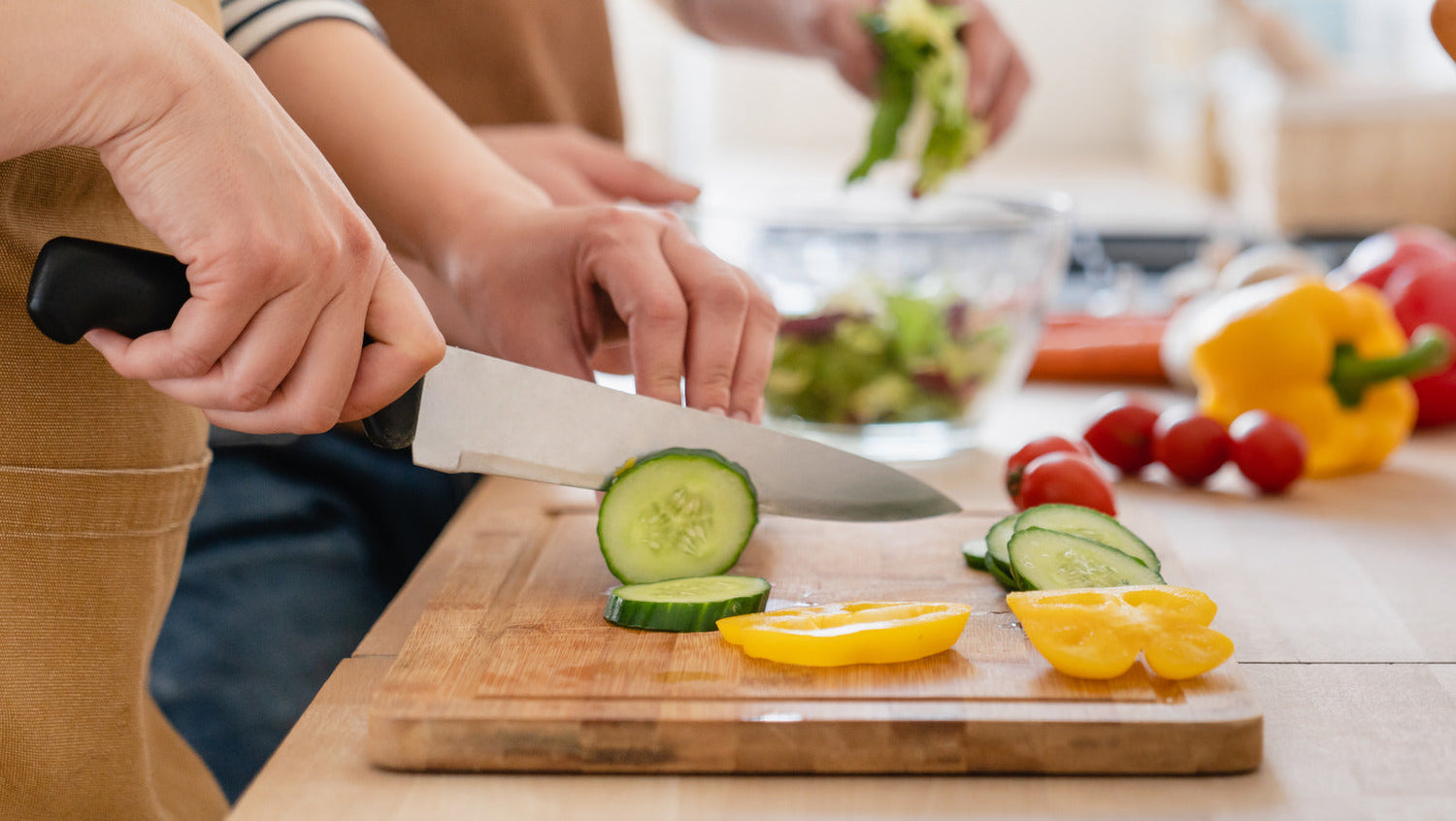


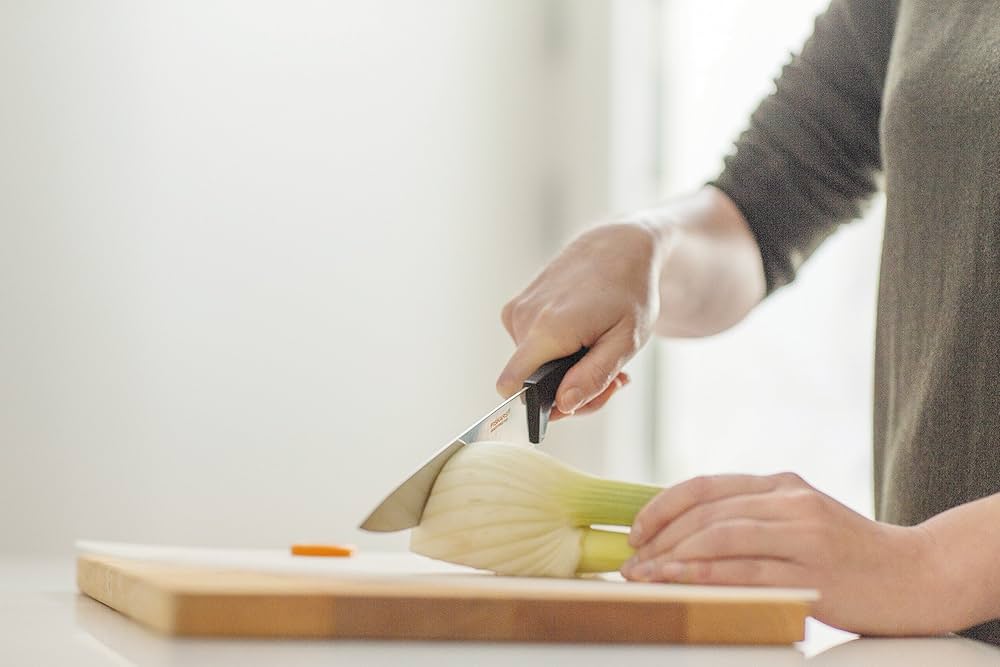
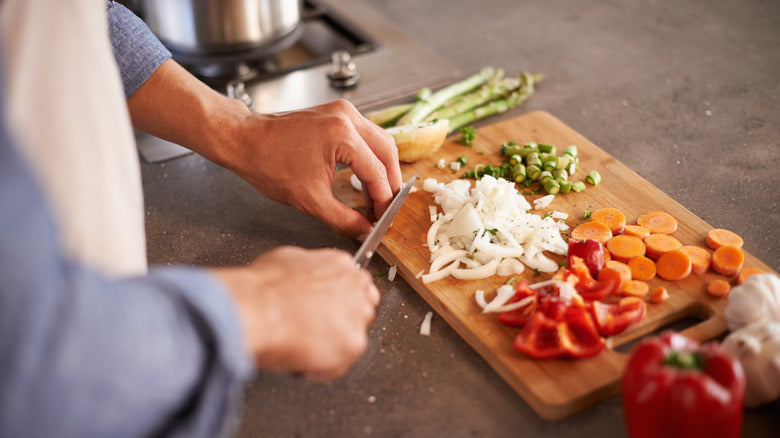
Leave a comment
This site is protected by hCaptcha and the hCaptcha Privacy Policy and Terms of Service apply.